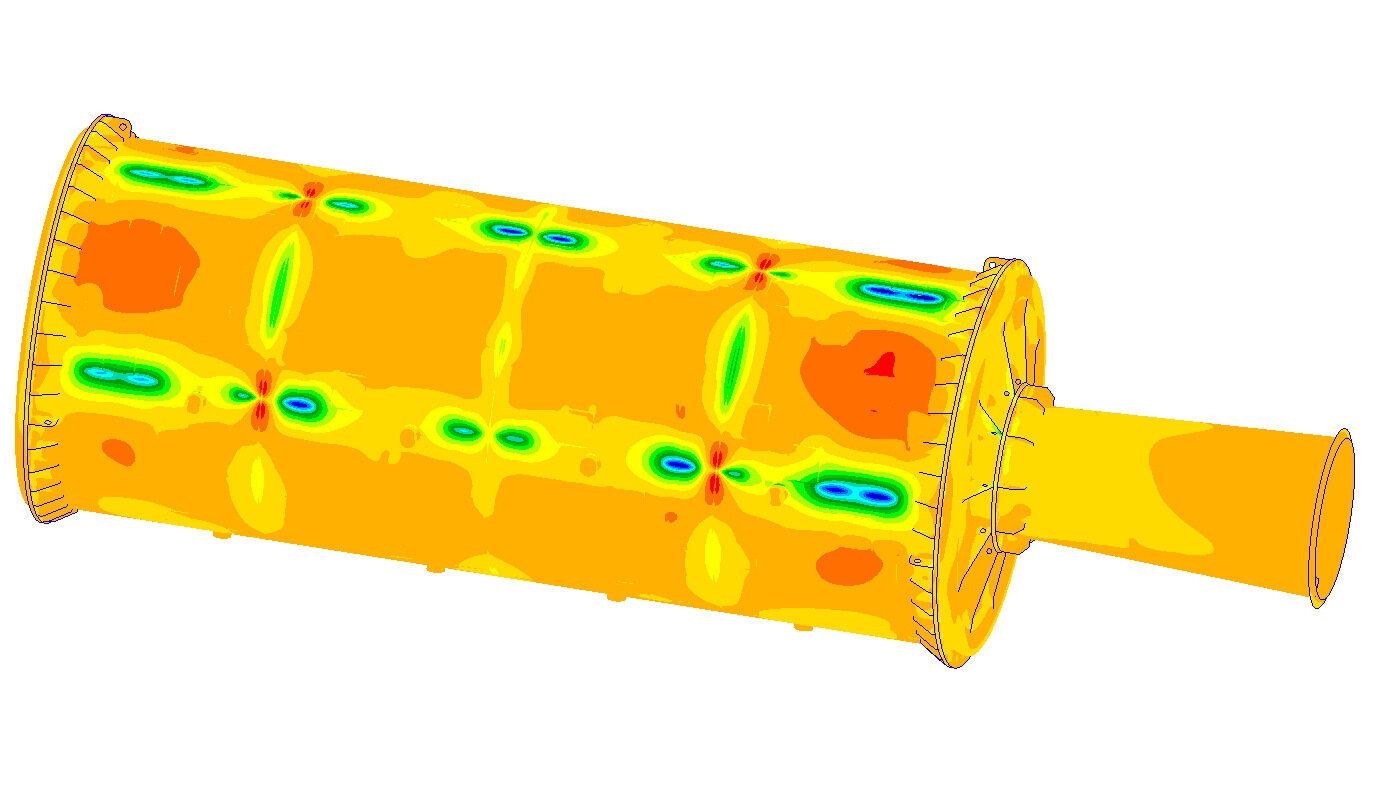LEC has recently completed an independent third-party structural design review of a new tandem rotary tippler and its associated positioner and wheel grippers. The new tippler was procured in order to increase the annual export throughput of an iron ore port.
Finite element model of the tippler and positioner structures
Typical fatigue stress range calculations
Detailed structural modelling and analysis was carried out independently using advanced Finite Element Analysis (FEA). Due to the cyclical motion of the tippler, design checks were focused on the fatigue service life assessment. Stress fluctuation due to the rotating motion of the tippler was calculated by analysing the tippler in several angular operating positions.
The independent design review was predominantly carried out in parallel with the Original Equipment Manufacturer’s (OEM) design process to meet the stringent project schedule. Design anomalies and structural non-conformance with the relevant design codes were promptly communicated to the OEM, thus allowing any required modification to the design to be implemented early in the design phase. This reduces the risk of potential costly production delays due to design issues and the associated on-site remedial work as well as the potential for commercial and/or legal disputes.
LEC also carried out a design review of the vertical lifting arrangement and transport saddles for land and sea transportation of the tippler cage structure, from the OEM’s fabrication yard to the owner’s site.











